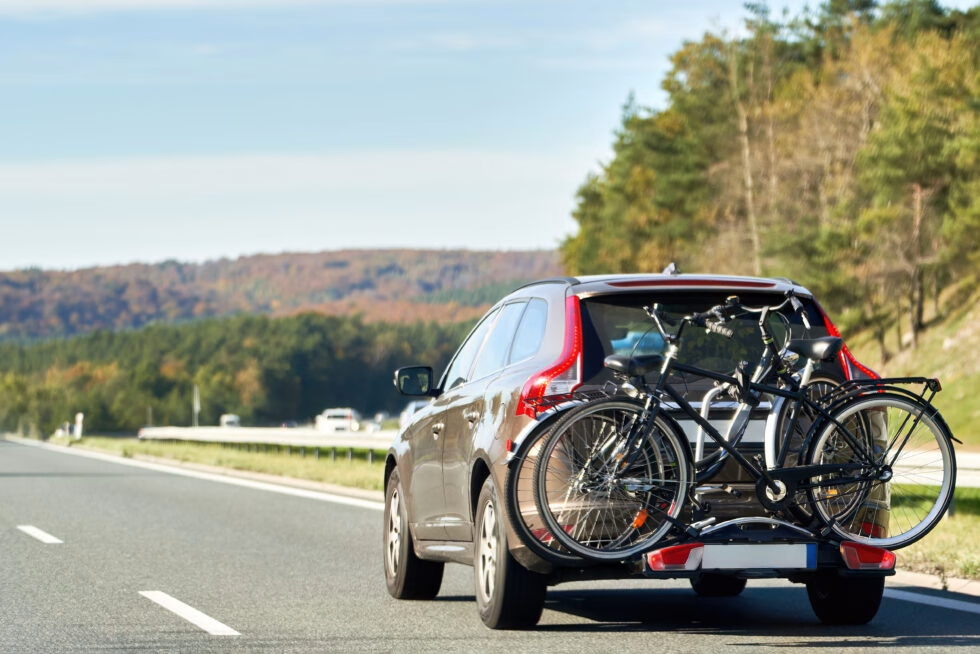
Road trip anyone? Don’t let car sickness ruin your summer plans. Learn the steps you can take to prevent that sickening feeling. Our clinic is open daily.
If you’ve ever felt nauseous on the drive down Highway 74 or while riding the Electro-spin at Carowinds, you’re not alone. Motion sickness can strike at the worst times, on winding car rides, airplane trips, roller coasters and even on boats. And while it’s incredibly common, it doesn’t make it any less frustrating when you’re just trying to enjoy the ride.
Luckily, there are simple ways to keep motion sickness in check before it throws your plans off track.
What’s Really Going On?
Motion sickness happens when your brain gets mixed messages. Your inner ear senses motion, but if your eyes or body don’t agree, your system gets confused. That disconnect can trigger symptoms like dizziness, nausea, sweating or just an overall feeling of discomfort.
Certain people are more likely to experience motion sickness than others. Children between ages 6 and 12, pregnant women and people who already deal with vertigo tend to be more sensitive. And if one of your parents gets motion sick easily, thanks to genetics, you might be more prone to it, too.
Common Triggers to Avoid
Here in Indian Trail, many people start to feel motion sickness on long drives or during stop-and-go traffic around Charlotte. To help reduce your risk, try to avoid:
- Eating greasy or heavy meals before you travel
- Consuming drinks that make you feel bloated or overly full
- Strong food odors or perfumes in enclosed spaces
- Looking down to read or scroll through your phone
- Smoking or being exposed to nicotine
- Riding in poor weather or with limited visibility
- Focusing on the scenery out the side window
Helpful Tips to Feel Better
The right seat, a few breathing tricks and even your playlist can make a big difference. Before you head out, try these motion sickness prevention tips:
- In the car, sit in the front seat or in the middle of the back where you can look out the front windshield
- Keep your head and upper body as still as possible
- Focus on a fixed point outside, like the road ahead or the horizon
- Crack a window or aim the air vents your way for fresh airflow
- Practice deep, controlled breathing
- Listen to relaxing or familiar music
- Eat a small, light meal before leaving, nothing too rich or heavy
- On an airplane, sit in the center of the plane close to the wings
You can also pick up a few over-the-counter helpers at your local pharmacy:
- Dramamine (Dimenhydrinate): Take it about an hour before travel. There’s also a kid-friendly version.
- Acupressure wristbands: These apply gentle pressure to a specific point on your wrist and may help reduce nausea.
Motion Sickness Shouldn’t Slow You Down
Unfortunately, there’s no full-proof cure for motion sickness. Some patients have also found it helpful to engage in habituation, the practice of familiarizing yourself with something until you no longer notice it. So, continual exposure to motion and therefore, motion sickness, could lead to your body becoming less affected by it. However, this method could take years before any changes are seen.
Most of the time, symptoms fade once the movement stops. But if you’re feeling especially dizzy or sick well after the ride, or if it’s becoming a regular issue, it might be time to check in with a provider.
At AFC Indian Trail, we’re here every day of the week, with weekend and extended hours. Just walk in and we’ll help you feel better fast, so you can keep your plans moving without the nausea tagging along.